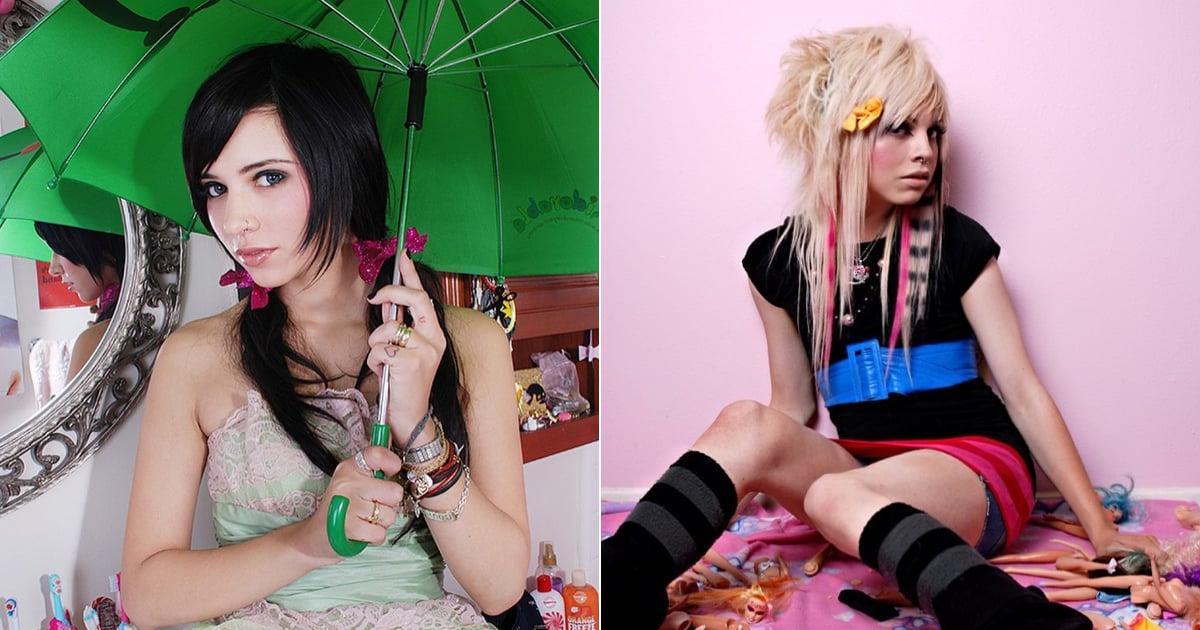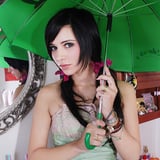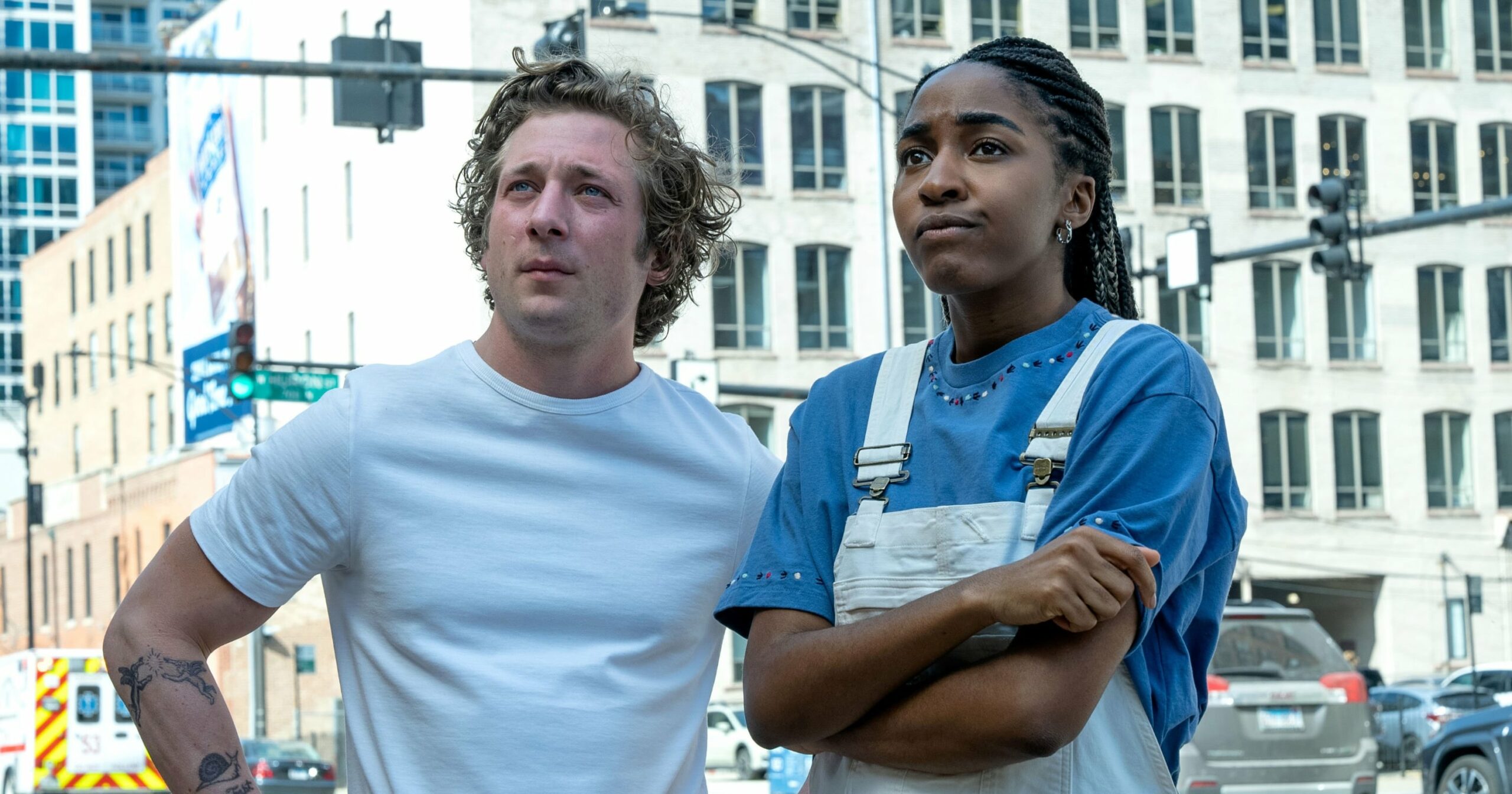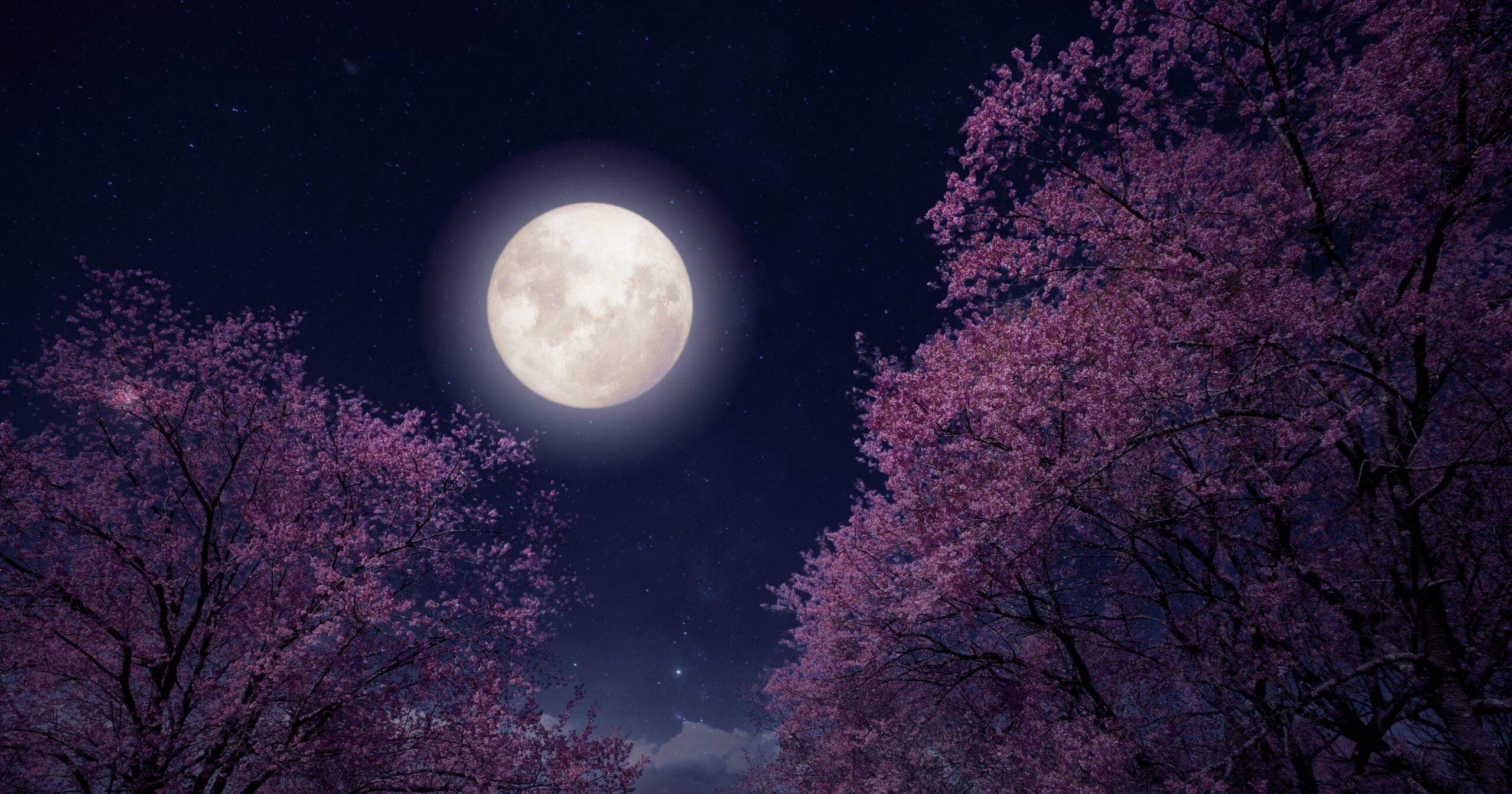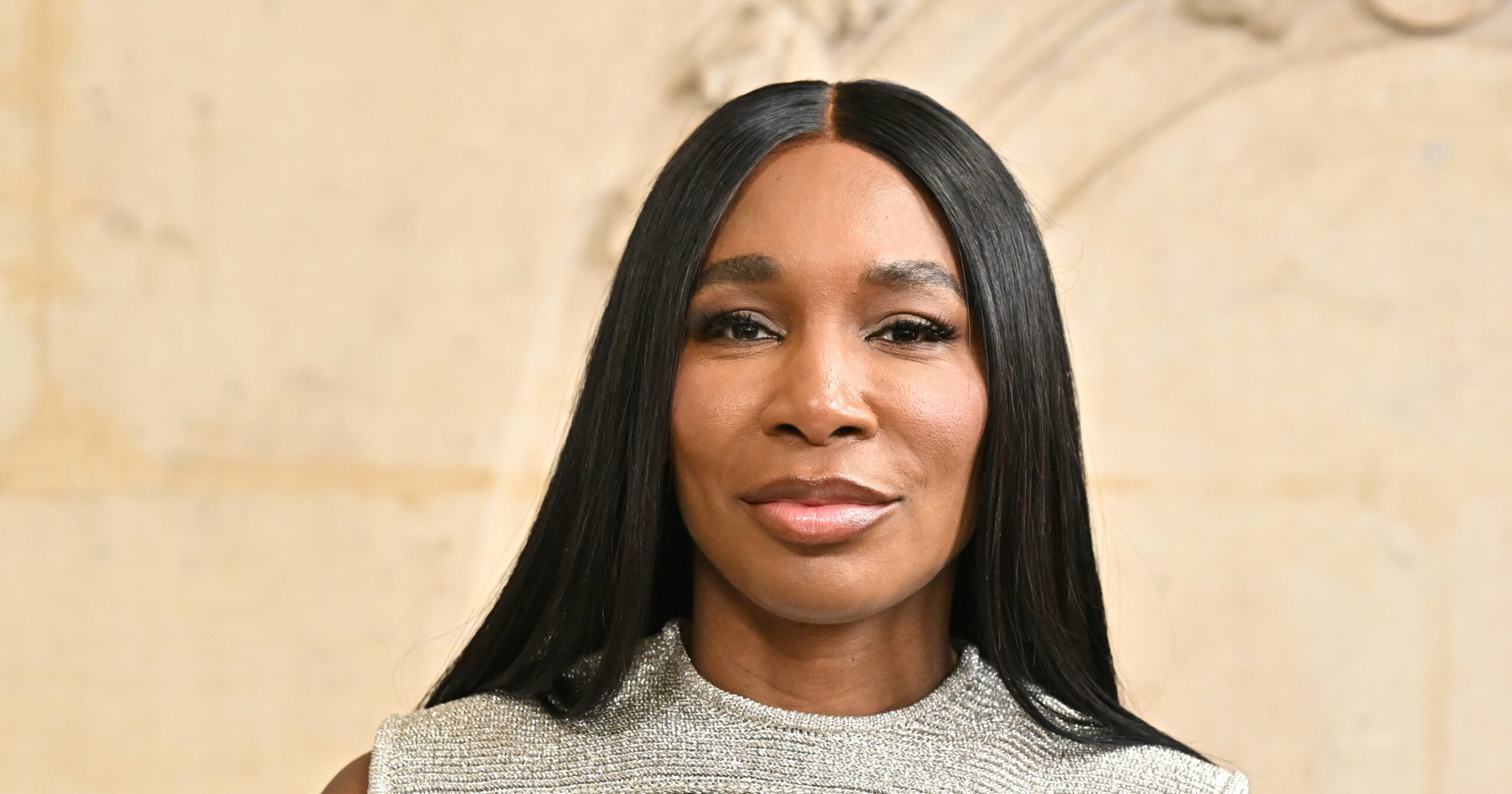Image Source: Courtesy of Hanna Beth
For as long as there has been social media, there have been beauty influencers. And while many may credit YouTube beauty vloggers with pioneering the phenomenon, Myspace’s scene queens may be the true blueprint. That’s right, before Michelle Phan, Bethany Mota, and Kandee Johnson turned on their webcams to guide us through a tutorial, scene queens were inspiring Myspace followers by the thousands with avant-garde makeup and gravity-defying hair.
“I don’t think we’d be where we are today if we hadn’t had [scene queens],” Hanna Beth, an LA-based beauty and fashion influencer who was a central figure in the scene queen movement, tells POPSUGAR. “In a way, we created the influencer – and that wasn’t even a word yet. We were doing everything that an influencer does, but [our style] was just completely different.”
Many may think of the scene queen aesthetic as a relic of a bygone social media platform – joined by now-cringe-inducing screen names, profile songs, and Tom himself. But it may be time to bust out the black nail polish, pick up some Manic Panic at Sally’s, and tease your hair to the high heavens – because scene queen beauty is about to be in your Top 8 for 2024.
The Anatomy of a Scene Queen Look
Every scene queen had their own signature style, but there are some hallmarks that will be instantly recognizable to Myspace users of the early aughts. One of the most ubiquitous was the use of bright and saturated colors in makeup, which stood out in contrast to the dark emo and goth styles that were also popular on Myspace at the time.
When it came to serving a vibrant look, one cosmetics brand stood out from the pack: “MAC was the all-star makeup back in the day,” Hanna Beth says. I remember doing a hot-pink eye with thick black eyeliner and fake lashes, always. Then your lips were always kind of nude because you’d use concealer as lipstick.”
Beyond a highly pigmented beauty look courtesy of MAC and nude lips courtesy of concealer, no scene queen look was complete without the trademark hair. Big hair – often brightly colored or decorated with animal-print-inspired clip-in extensions – was made possible through three key products: hairspray, a teasing comb, and the strongest cream bleach the scene queens could get their hands on.
“We were all burning off our own hair with 40-volume developer,” says Raquel Reed, a Las Vegas-based burlesque performer and former scene queen. “We were doing the glue-in extensions on the bottom [of our head] from Sally’s and we thought we were hairdressers. The whole front of our hair would just burn off and the back of it would kind of stay like a mullet – so you’d keep gluing the hair to that.”
Many of the top scene queens on Myspace were teens and young adults during the height of their fame, and posting photos online became an outlet to experiment with their style in unexpected ways and connect with folks beyond the immediate community of their peers.
“It really was letting your creativity run wild,” Reed says. “I remember going to the thrift store and buying bowling shoes, which I wore with my bright-blue hair. It probably looked ridiculous, but I would clash the strangest things together and just make it work. It was really about doing what you thought was your thing.”
Image Source: Courtesy of Luna Lovebad
Uninhibited by the urge to fit in, many scene queens found style inspiration in unexpected places, including from musicians, artists, and cultural vanguards of both past and present. And in borrowing bits and pieces from eclectic places, they cultivated an aesthetic entirely their own.
“A lot of my inspiration came from artists like Siouxsie Sioux and Robert Smith from The Cure,” says Luna Lovebad, a Compton, CA-based musician who was known as Izzy Hilton during her Myspace days. “I also remember David LaChapelle doing makeup campaigns for MAC that were very prominent during that era – all of the colors were super fascinating to me. Then as far as my hair goes, I was always into David Bowie and him in ‘Labyrinth’ was one of my biggest inspirations.”
The scene queen era was very much a time of beauty experimentation – even if it didn’t always yield the best results (see: hair flat-ironed and bleached into oblivion). Yet the perfectly imperfect essence was part of what made this subculture so impactful on popular culture at large. Love or hate it, scene queen beauty was certainly a memorable – dare we say iconic – moment in time. And it was really only a matter of time before it came back around.
Return of the Scene Queen
The scene queen subculture fell out of fashion alongside Myspace, and by the end of the 2010s, scene queens had largely moved on to other trends.
But like other trends of the early 2000s, scene queens are having a renaissance. TikTok creators, many of whom were toddlers during the Myspace days, have flocked to the scene queen aesthetic and are putting a modern spin on the trademark beauty looks.
@izxbxlla scene makeup grwm/tutorial thing #scene #emo #fyp #alternative #early2000s #xyzbca #scenequeen #y2k #alt #myspace #emokid #scenekid #altfashion #bmth #bringmethehorizon
The scene queens of TikTok create a time capsule for teenage life during the early to mid-2000s, guiding audiences through shopping trips to Hot Topic and transporting us back to the past with shots of studded belts and Invader Zim merchandise – all while a Sleeping With Sirens song plays in the background. Others lip-sync to sped-up versions of songs from popular scene bands in their poster-clad bedrooms, their generously applied winged eyeliner and side-swept rainbow bangs a perfect re-creation of the now-nostalgic look.
And despite the nearly 20 years between these two eras of creators, it’s clear that both groups find joy in exploring this aesthetic for the same reason: it’s a fun and creative way to express your individuality.
“People are revisiting a wild era that was honestly really special to me,” Reed says. “It was crazy, it was strange, but also memorably and creatively a huge part of how I was and who I am now.”
